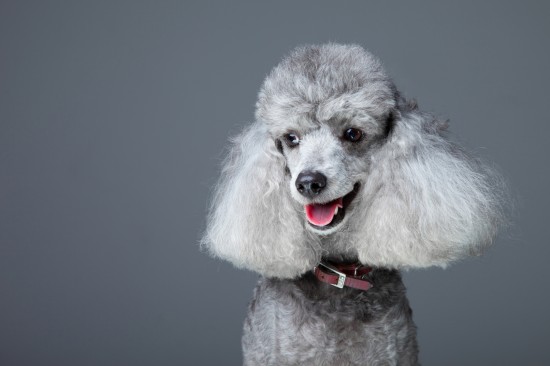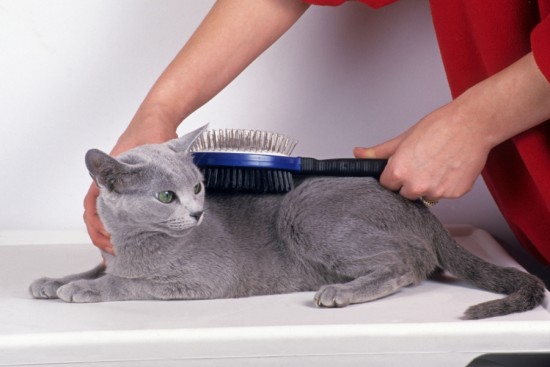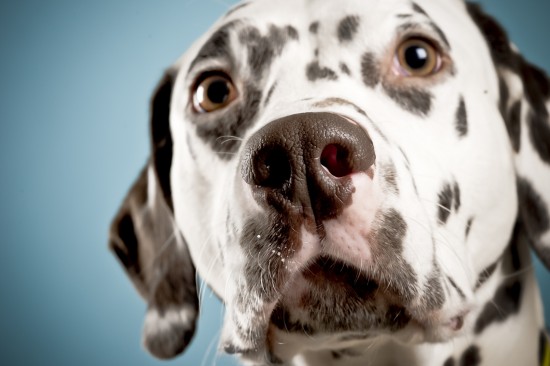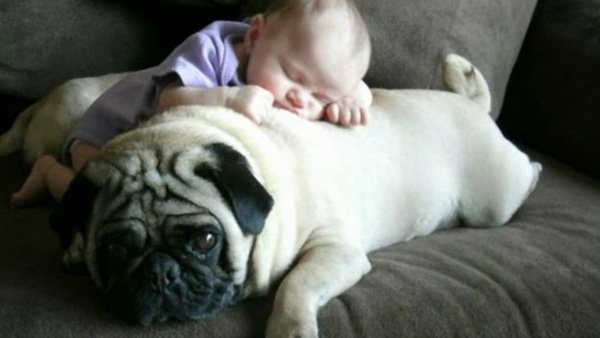
Until he has been weaned, a puppy plays with his littermates and playthings aren’t necessary. They are even uninteresting and possibly dangerous. From the age of 6 to 8 weeks, he starts to take an interest in toys. Almost anything will do, as long as it cannot be swallowed, or cause injury. Puppies enjoy pulling things, shaking things, carrying things around in their mouths, and as soon as they are able to run without tripping, they enjoy chasing things. This is the moment to buy you pet a rubber ball.
Not just any kind of a ball, and certainly not the soft foam rubber type, (which can be chewed to bits and swallowed), not the inflatable children’s ball that can puncture with his sharp baby teeth. Buy him a hard rubber ball that is too large to be swallowed but small enough for him to hold comfortably in his mouth. Buy it, like all his toys in a pet store, not a toy store, there is a difference in the types of materials used.
A larger dog can be given a used tennis ball, but never give any dog a golf ball. Golf balls can be swallowed by some of the larger breeds, and they all contain a poisonous liquid core. Never give a puppy a stuffed animal, or an object of painted wood or flimsy plastic. Avoid toys resembling actual household objects like gloves or slippers, unless you are prepared to face the consequences of him going after the real thing. While children can be warned against putting harmful objects in their mouth, dogs are obliged to pick up everything with their mouth.
When a puppy is separated from his littermates, he misses them intensely at first. The best substitutes for his playmates are a few toys, (one is not enough), with which he can play alone, with children, or with you.
Try to schedule a regular daily playtime. Never right after a meal, because he needs quiet for proper digestion, and never after a long period of confinement, because the excitement of play will make him want to urinate. Before mealtimes is good, as well as before bed time too, but only if he is given an opportunity to empty his bladder before retiring for the night. Whatever the time, the 10 or 15 minutes you devote to playing with your puppy will be the high spot of his day.
During the puppy’s teething period, (from 3 to 7 months, more or less), you should provide him with chewing toys of digestible rawhide or, even better, a harmless nylon bone of suitable size. They will keep him occupied for hours on end. They will also prevent a lot of destruction. When you spot him gnawing on a chair or table leg, it is much more effective to say “NO” and immediately offer him the alternative of a chewable bone or ball.
Biting and chewing are perfectly natural and instinctive traits of all dogs. Trying to suppress this activity by scolding and not offering an alternative is useless. At teething time, it is not only obsessive but also very practical in dislodging baby teeth to make way for permanent ones. Like a child, your puppy will become attached to his old toys to those, at least that he hasn’t destroyed or lost. But as he grows bigger, you should think of replacing them with other more suitable to his size and strength.
Randy Jones and his partner Brent Jones have been in the pet industry for a long time. Recently they formed Joncopets.com. On the site, customers can read articles about anything pets as well as shop for the latest designer pet carriers, dog accessories, dog harnesses , and more for their best friend. Feel free to check out the site at http://www.joncopets.com
 Standard Poodle Health And Longevity
Standard Poodle H
Standard Poodle Health And Longevity
Standard Poodle H
 New Regulations Come Into Force For Dog Breeders In Wales
New Regulations C
New Regulations Come Into Force For Dog Breeders In Wales
New Regulations C
 Grooming Your Cat
Grooming Your Cat
Grooming Your Cat
Grooming Your Cat
 Dalmatian Coat And Skincare
Dalmatian Coat An
Dalmatian Coat And Skincare
Dalmatian Coat An
 Chicken Coop Known To Be the Luxury Home for a Chicken
Chicken Coop Known To Be the Luxury Home for a Chicken
Chicken Coop Known To Be the Luxury Home for a Chicken
Chicken Coop Known To Be the Luxury Home for a Chicken
Copyright © 2005-2016 Pet Information All Rights Reserved
Contact us: www162date@outlook.com